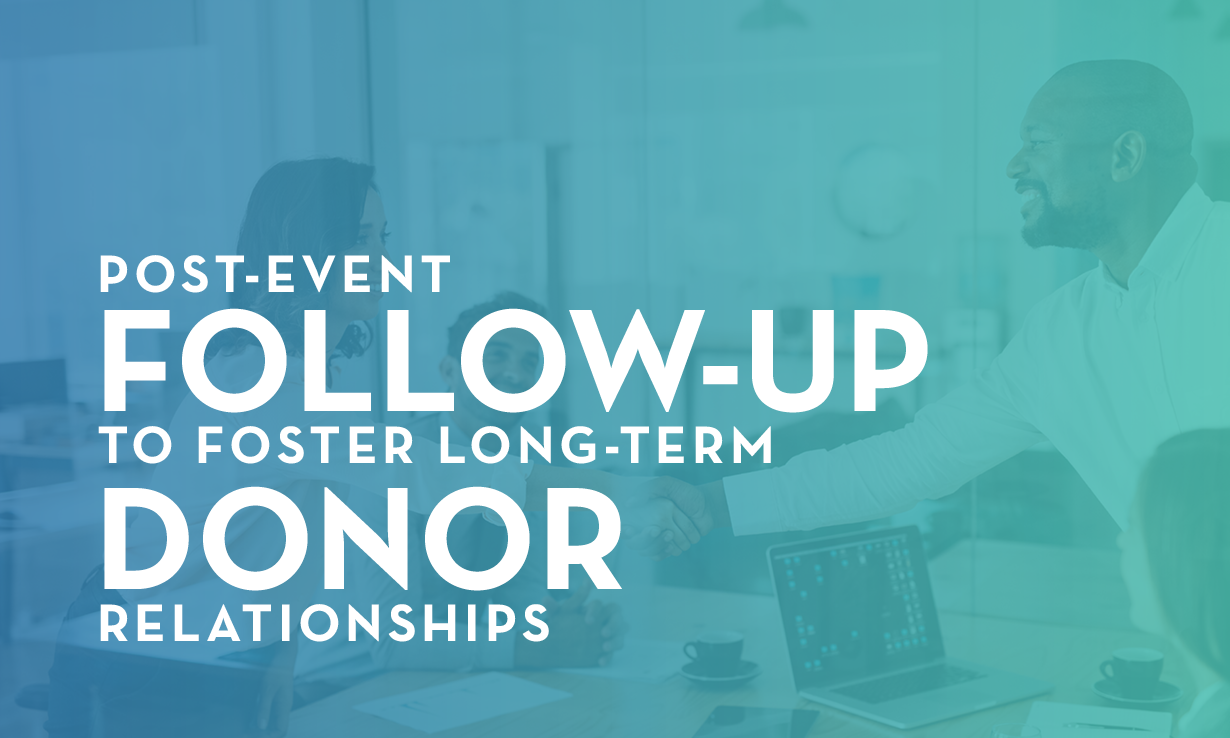
Nonprofit events are a powerful way to showcase your mission and raise critical funds. From the excitement of bidding in an auction to the inspiring stories shared on stage, these events are unforgettable experiences for your attendees. However, many organizations make the mistake of letting all that energy fizzle out when the event ends.
Without a thoughtful follow-up strategy, the momentum you’ve worked so hard to build fades, leaving attendees and supporters with awkward silence. That’s why post-event follow-up is essential to your overall event strategy. It’s an opportunity to deepen relationships, show gratitude, and keep the conversation going, turning one-time participants into lifelong supporters.
In this guide, we’ll explore actionable best practices for crafting an effective follow-up plan that strengthens connections with your supporters and maximizes the long-term impact of your events. Let’s dive in and ensure your event’s energy continues well beyond the final applause!
Key Post-Event Follow-Up Messages
Before you worry about any other potential stewardship activities, there are a few messages that your organization should send out after any event. These include:
- Donation receipts and tax acknowledgments: Promptly sending these essential documents shows your professionalism and gratitude while giving donors the information they need for tax purposes. Depending on the fundraising platform used during your event, these messages may be sent automatically!
- Personalized thank-you messages: A heartfelt, tailored message of appreciation reminds supporters that their presence and contributions made a meaningful difference. Use your donor data to add a personal touch; this could mean congratulating them for winning a highly sought-after auction item or letting them know how their donation during your appeal will make an impact on your mission.
- Event impact and positive outcomes: Share specific achievements, like funds raised or milestones reached, to show attendees the tangible results of their participation and inspire continued engagement.
When writing your post-event follow-up messages, keep two things in mind: show your appreciation for your supporters and demonstrate the value of their contributions. Remember that your work is only possible due to their support, and allow your gratitude to infuse your writing.
This is also a great time to show appreciation to other individuals and organizations who contributed to your event. Volunteers and corporate sponsors are a great place to start!
How to Keep Donors Engaged Post-Event
Your post-event messages are just the beginning of building stronger relationships with your donors. True donor stewardship goes beyond a single thank-you or receipt. By maintaining regular, meaningful communication and offering ways to stay involved, you show donors that their value extends far beyond financial contributions. This deeper level of engagement not only increases retention but also helps transform one-time donors into lifelong advocates for your cause.
To ensure your nonprofit can cultivate lasting relationships, here are a few best practices for long-term donor follow-up:
- Segment Your Donor Base: Segmenting your donor base ensures your outreach feels relevant and personal. For example, you can group donors by giving level, event participation, or interests tied to specific programs. Understanding these distinctions helps you craft messages that resonate, whether inviting major donors to exclusive events or providing first-time donors with introductory materials about your mission.
- Send Regular Communications: Consider creating a donor stewardship calendar to map out regular touchpoints, such as newsletters, mission updates, and impact stories. You can also include activities like personalized thank-you calls, holiday greetings, or invitations to webinars and events. These touchpoints don’t have to be elaborate—a heartfelt email or social media post can go a long way.
- Create Opportunities for Continued Involvement: Donors want to feel like they are an integral part of your mission, not just financial contributors. Offer opportunities for them to stay involved in ways that align with their interests and capacities. This could include volunteering, serving on advisory boards, participating in advocacy campaigns, or even becoming peer-to-peer fundraisers.
- Ask for Feedback and Implement Suggestions: Your supporters are more than just donors—they’re a wealth of knowledge and perspective. Consider sending surveys to gather insights on your events, communications, or fundraising campaigns. Go a step further by implementing their suggestions and letting them know how their input made an impact.
By integrating these practices into your stewardship strategy, you create a donor experience that fosters loyalty, trust, and long-term support for your mission.
Track the Effectiveness of Your Stewardship
After implementing your new stewardship strategies, monitoring their effectiveness is crucial. By tracking key metrics, you can measure the duration and quality of your donor relationships and identify areas for improvement. Here are a few metrics to consider:
- Donor Retention Rate: Measures the percentage of donors who continue to give over time, providing insight into your ability to build lasting relationships
- Donor Lifetime Value: Calculates the total contributions a donor will likely make over their lifetime, helping you gauge their long-term impact on your mission.
- Recurring Donation Rate: Tracks the percentage of donors who give regularly, showcasing the success of your efforts to secure consistent support.
- Donation Frequency: Measures how often donors give, highlighting patterns in donor behavior and opportunities to encourage more frequent contributions.
- Average Gift Size: Indicates the average amount donated per gift, helping you assess the effectiveness of your fundraising strategies.
- Donor Satisfaction Rate: Measures how satisfied donors are with their experience through surveys or feedback, helping you identify ways to improve.
- Donor Engagement Rate: Tracks interactions like event attendance, email opens, and social media activity, reflecting how actively supporters engage with your organization.
Track these metrics using your nonprofit constituent relationship management system (CRM) and fundraising software. Robust tools will allow you to access this data at a glance and provide actionable insights to boost your results.
Follow-Up that Leads to Stronger Donor Relationships
While sending a thank-you note and asking event attendees to subscribe to your email newsletter is a great first step, valuable post-event stewardship goes far beyond that. With these strategies, you can foster valuable, long-term relationships with donors and see greater results for your organization.
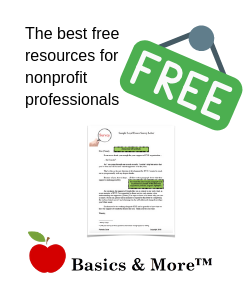
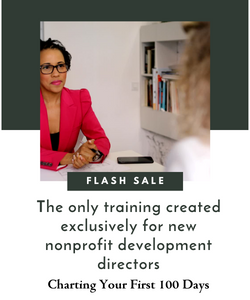
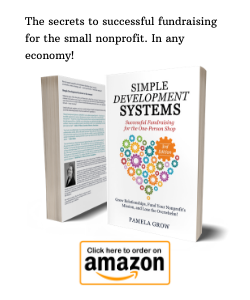
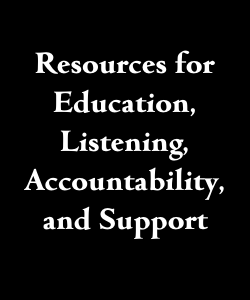
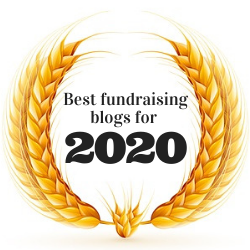


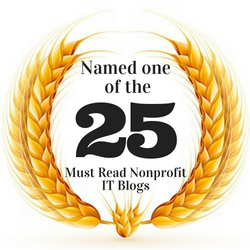

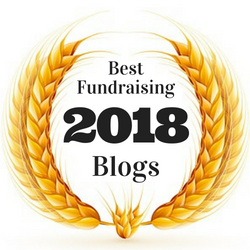
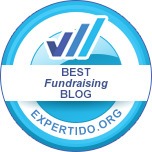
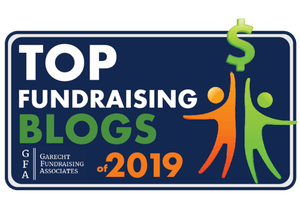
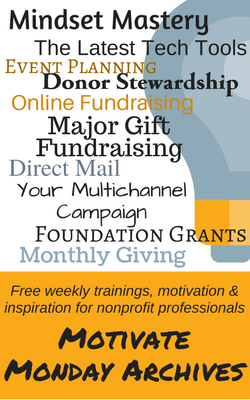
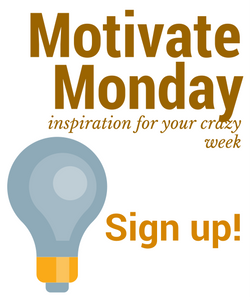
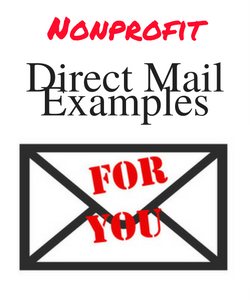
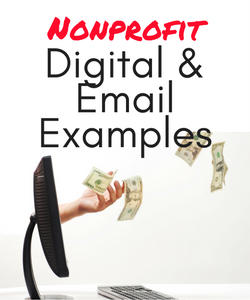

 I can’t wait to meet with you personally.
I can’t wait to meet with you personally.
Comments on this entry are closed.